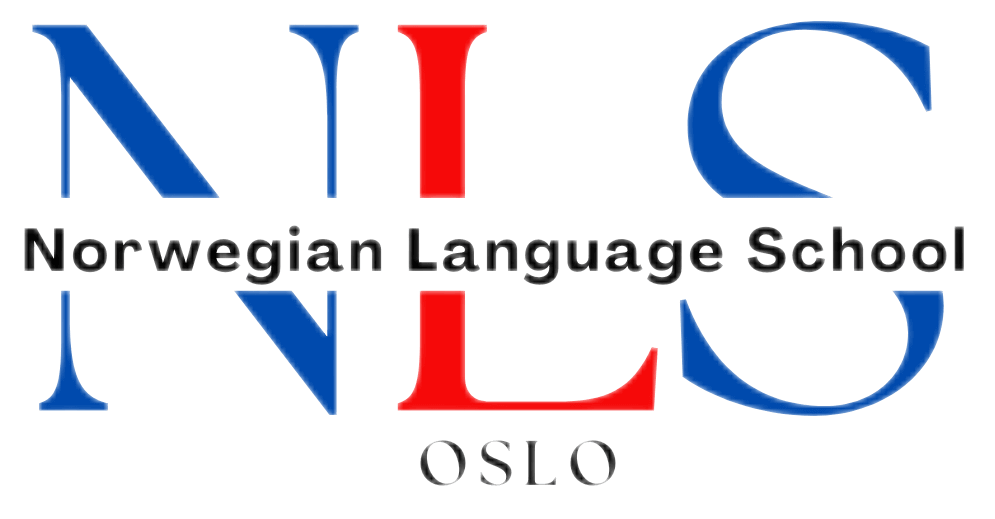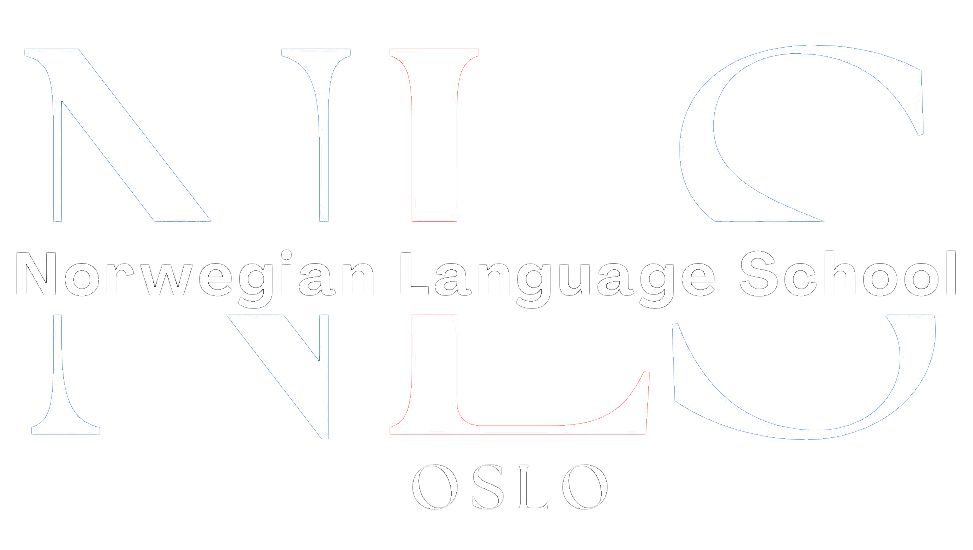

Norwegian Guide to Clothing and Accessory Terms
Norwegian fashion and style is known for its simplicity, functionality, and high-quality craftsmanship. The country’s fashion industry is influenced by its natural surroundings, with a focus on practicality and durability. When it comes to Norwegian clothing and accessory terms, it’s helpful to have a basic understanding of the language to navigate the local fashion scene.
Some common Norwegian clothing terms include “genser” (sweater), “bukse” (pants), “kjole” (dress), “jakke” (jacket), and “skjorte” (shirt). Accessory terms include “hatt” (hat), “skjerf” (scarf), “smykke” (jewelry), “veske” (bag), and “sokker” (socks). These terms will come in handy when shopping for clothing and accessories in Norway.
Table of Contents
ToggleKey Takeaways
- Norwegian clothing and accessory terms can be confusing for non-native speakers.
- Understanding Norwegian sizing and measurements is important when shopping for clothes.
- Common materials used in Norwegian clothing and accessories include wool, leather, and fur.
- Traditional Norwegian clothing and accessories include the bunad and the lusekofte.
- Modern Norwegian fashion trends include minimalist designs and sustainable materials.
Understanding Norwegian Sizing and Measurements
The Norwegian sizing system is similar to the European sizing system, with sizes ranging from 34 to 48 for women and 46 to 60 for men. However, it’s important to note that sizes can vary between brands, so it’s always best to try on clothing before making a purchase.
If you’re converting sizes from other countries, keep in mind that Norwegian sizes are generally smaller than American sizes. For example, a size 8 in the US would be equivalent to a size 38 in Norway. It’s also worth noting that Norwegian sizes for shoes are in European sizes, which can be different from US sizes.
In terms of measurements, Norwegians typically use centimeters for clothing measurements. Common measurements include bust, waist, and hip measurements for women, and chest and waist measurements for men. It’s helpful to know your own measurements when shopping for clothing in Norway.
Common Norwegian Clothing and Accessory Materials
Norwegian fashion often incorporates natural materials that are well-suited for the country’s climate. Wool is a popular material used in Norwegian clothing, known for its warmth and moisture-wicking properties. Merino wool, in particular, is highly regarded for its softness and ability to regulate body temperature.
Another common material used in Norwegian fashion is cotton. Cotton is breathable and comfortable, making it ideal for everyday wear. Linen is also used in Norwegian clothing, especially during the summer months, as it is lightweight and has excellent moisture-wicking properties.
When it comes to accessories, leather is a popular choice in Norway. Norwegian leather goods are known for their high quality and durability. Silver is also commonly used in Norwegian jewelry, with intricate designs inspired by traditional Norwegian patterns.
To care for Norwegian clothing and accessories, it’s important to follow the care instructions provided by the manufacturer. Wool garments should be hand washed or dry cleaned to maintain their shape and prevent shrinking. Leather goods should be treated with a leather conditioner to keep them soft and supple. Silver jewelry can be cleaned with a silver polishing cloth to remove tarnish.
Traditional Norwegian Clothing and Accessories
Traditional Norwegian clothing, also known as “bunad,” holds great cultural significance in Norway. Each region of the country has its own unique bunad, with distinct patterns and colors that reflect the local traditions and heritage.
The bunad typically consists of a dress or suit made from wool or silk, adorned with intricate embroidery and silver jewelry. Women’s bunads often feature a fitted bodice, full skirt, and apron, while men’s bunads include a jacket, vest, trousers, and hat.
The history of the bunad dates back to the 19th century when Norway gained independence from Denmark. It was during this time that Norwegians sought to establish their own national identity, which included reviving traditional clothing styles.
Today, the bunad is worn on special occasions such as weddings, national holidays, and other festive events. It is considered a symbol of national pride and cultural heritage.
Modern Norwegian Fashion Trends
In recent years, Norwegian fashion has seen a rise in popularity both domestically and internationally. The country’s minimalist aesthetic and focus on sustainable fashion have resonated with consumers around the world.
One of the key influences behind modern Norwegian fashion is the concept of “slow fashion.” This movement emphasizes quality over quantity, with an emphasis on timeless designs and sustainable production methods. Norwegian designers are known for their attention to detail and use of high-quality materials.
Some popular Norwegian fashion brands include Moods of Norway, Holzweiler, and FWSS (Fall Winter Spring Summer). These brands are known for their clean lines, neutral color palettes, and use of natural materials.
Norwegian Winter Clothing and Accessories

Norway is known for its cold winters, so it’s important to have the right clothing and accessories to stay warm and comfortable during the colder months. Wool is a popular material for winter clothing in Norway due to its excellent insulation properties.
A wool sweater, or “ullgenser,” is a staple in every Norwegian’s winter wardrobe. It provides warmth without being bulky and can be layered under a jacket or coat for added insulation. Merino wool is particularly popular due to its softness and ability to regulate body temperature.
For outerwear, a down jacket or parka is essential for braving the cold temperatures. Look for jackets with a high fill power to ensure maximum warmth. A hat, scarf, and gloves are also necessary to protect your extremities from the cold.
Norwegian Outdoor Clothing and Accessories
Norway is known for its stunning natural landscapes, making outdoor activities such as hiking, skiing, and fishing popular pastimes. When it comes to outdoor clothing and accessories, Norwegians prioritize functionality and durability.
A waterproof and windproof jacket is a must-have for outdoor activities in Norway. Look for jackets with a breathable membrane to prevent overheating. Layering is key, so invest in moisture-wicking base layers and insulating mid-layers to regulate body temperature.
For pants, opt for durable and water-resistant materials such as nylon or Gore-Tex. Hiking boots with good traction are essential for navigating Norway’s rugged terrain. Don’t forget to pack a backpack with essentials such as a water bottle, map, and extra layers.
Norwegian Sports Clothing and Accessories
Norwegians are known for their love of sports, particularly winter sports such as skiing and snowboarding. When it comes to sports clothing and accessories, Norwegians prioritize performance and functionality.
For skiing and snowboarding, a waterproof and insulated jacket and pants are essential to stay warm and dry on the slopes. Look for jackets with features such as a powder skirt, helmet-compatible hood, and ventilation zippers.
Base layers made from moisture-wicking materials such as merino wool or synthetic fibers are important for regulating body temperature during physical activity. A good pair of ski socks is also crucial for comfort and warmth.
Norway is also known for its success in winter sports such as cross-country skiing and biathlon. For these activities, lightweight and breathable clothing is key to prevent overheating. Look for clothing made from materials that offer good moisture management.
Norwegian Formal Clothing and Accessories
When it comes to formal occasions in Norway, the dress code can vary depending on the event. For black-tie events, men typically wear a tuxedo or dark suit, while women opt for an evening gown or cocktail dress.
For more casual formal events, men often wear a suit or blazer with dress pants, while women can opt for a dress or skirt with a blouse or dressy top. It’s always best to check the dress code beforehand to ensure you’re appropriately dressed for the occasion.
Accessories such as ties, bowties, and pocket squares are often worn by men to add a touch of elegance to their outfit. Women can accessorize with statement jewelry, a clutch bag, and heels.
Shopping for Clothing and Accessories in Norway
Norway offers a wide range of shopping destinations, from high-end boutiques to local markets. Oslo, the capital city, is home to several luxury fashion brands and department stores. Karl Johans Gate, the main shopping street in Oslo, is lined with shops offering both international and Norwegian brands.
Bergen is another popular shopping destination, known for its charming streets lined with boutiques and specialty stores. The city’s fish market is also a great place to find local products such as wool sweaters and traditional Norwegian accessories.
If you’re looking for a more unique shopping experience, consider visiting local markets such as the Christmas market in Trondheim or the vintage market in Stavanger. These markets offer a wide range of clothing and accessories, including traditional Norwegian items.
When shopping in Norway, it’s important to keep in mind that prices can be higher compared to other countries. However, quality is often reflected in the price, so you can expect to find well-made and durable clothing and accessories.
To find the best deals on Norwegian clothing and accessories, consider shopping during sales seasons or visiting outlet stores. Online shopping is also a convenient option, with many Norwegian brands offering international shipping.
If you want to learn Norwegian, you can register for classes here. If you want to check your Norwegian level for free, you can do that here. We look forward to hearing from you and helping you become fluent in Norwegian!
Refer a friend and get $150. Join the program here

Norwegian A1-A2
Course Overview The Norwegian A1-A2 course is an online program focused on teaching essential Norwegian grammar and vocabulary. It includes a variety of materials and topics, with opportunities to interact with a Norwegian teacher entirely online. Curriculum Highlights The course covers key areas such as grammar and vocabulary and topics such as family, daily life, education, work, traditions, and leisure activities. Who Should Enroll? This course is perfect for beginners or those at the A1 or A2 levels who want to improve their Norwegian skills. What You Get Access to the full Norwegian A1-A2 course. A monthly 1-hour online conversation with a teacher. Many written and oral assignments. Comprehensive information on Norwegian grammar, Norwegian vocabulary and how to use them, important sentence structures, etc. Tips on additional resources to further enhance your Norwegian learning.
0 students enrolled
Last updated Dec 10th, 2024
If you want to learn Norwegian, you can register for classes here. We look forward to hearing from you and helping you become fluent in Norwegian.





